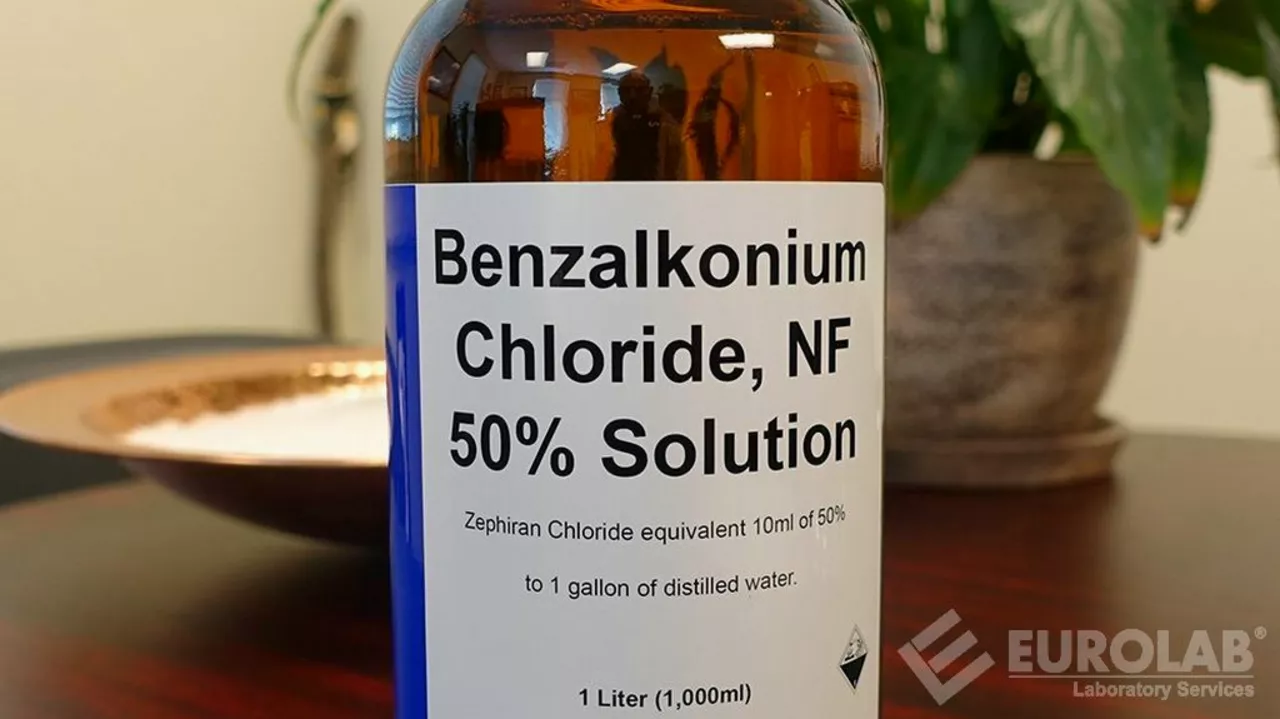When you see a white cream on the pharmacy shelf, chances are it’s packed with zinc oxide. This mineral has been protecting skin for over a century, and it still shows up in sunscreens, diaper creams, and many over‑the‑counter ointments.
Zinc oxide sits on the surface of your skin and reflects UV light like a tiny mirror. That’s why sunscreen labels brag about "broad‑spectrum" protection – zinc oxide blocks both UVA and UVB rays without breaking down. It also has mild anti‑inflammatory properties, so it calms redness and helps minor cuts or burns heal faster.
Sunscreen: Look for products that list zinc oxide first in the ingredients. The higher the percentage (usually 5‑25%), the stronger the sun protection. It feels a bit chalky, but newer formulas mix it with silicone or moisturizers to make it smoother.
Diaper rash cream: Parents love zinc oxide because it creates a breathable barrier that keeps moisture away from delicate baby skin. A thin layer is enough – you don’t need a thick coat.
Skin irritations & minor wounds: From eczema patches to tiny scrapes, a dab of zinc‑oxide ointment can reduce itching and speed up healing. Its mild antiseptic action keeps bacteria in check without the harsh chemicals found in some prescription creams.
Acne spot treatment: Some over‑the‑counter acne gels add zinc oxide for its soothing effect. It won’t cure acne, but it can reduce the red flare‑up that follows a pimple.
Zinc oxide is generally safe for most people when used on intact skin. Rarely, you might notice mild irritation or a slight white residue that washes off with soap. If you have a known zinc allergy (very uncommon), skip it and talk to your pharmacist.
Never apply zinc‑oxide products to deep wounds or broken skin without doctor approval – the barrier can trap bacteria inside. For babies, stick to creams specifically labeled for diaper rash; those are formulated with the right concentration.
Read the label: look for “non‑nano” zinc oxide if you’re worried about particles penetrating the skin. Check expiration dates – minerals don’t spoil, but the other ingredients can lose effectiveness.
If you’re buying online, make sure the seller is reputable and the product lists the exact percentage of zinc oxide. Cheap knock‑offs often cut corners on purity, which can reduce protection.
Bottom line: zinc oxide is a versatile, low‑risk ingredient that does big things for skin health. Whether you need sun protection, diaper rash relief, or a calming ointment, a zinc‑oxide product is worth keeping in your medicine cabinet.
